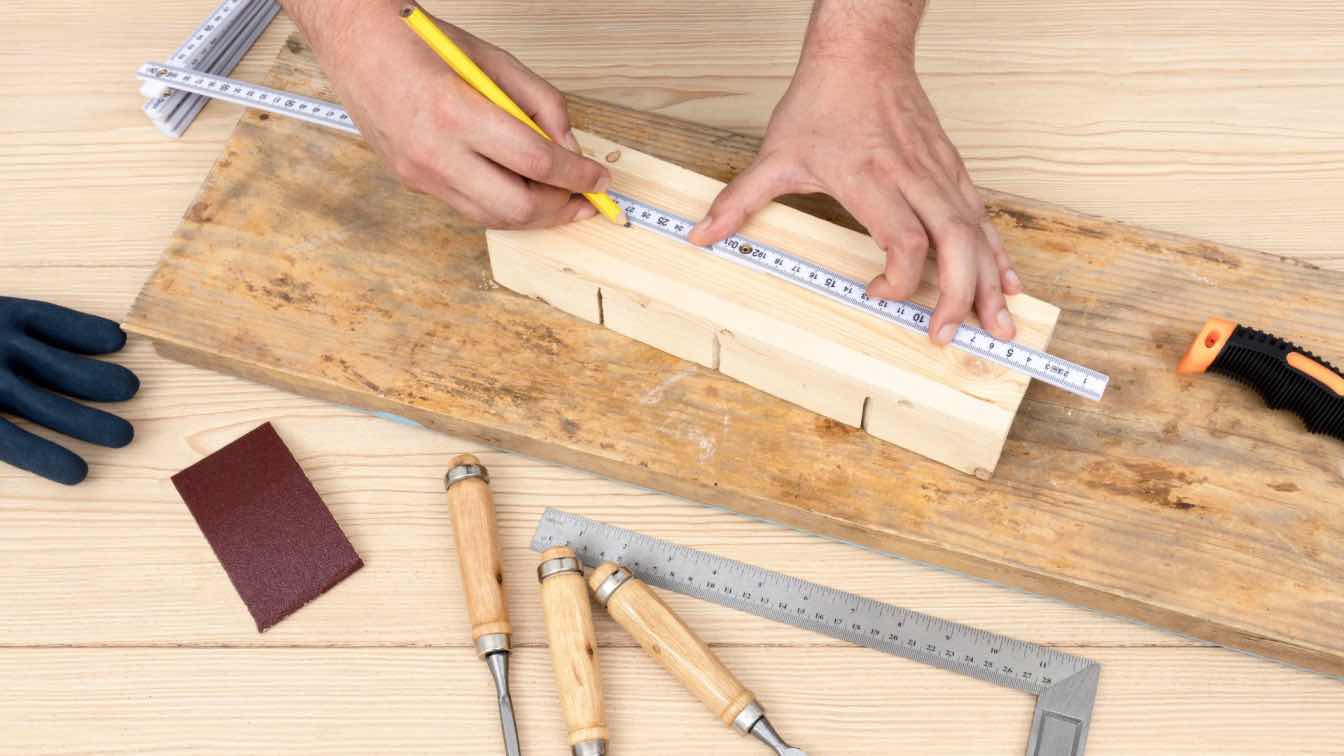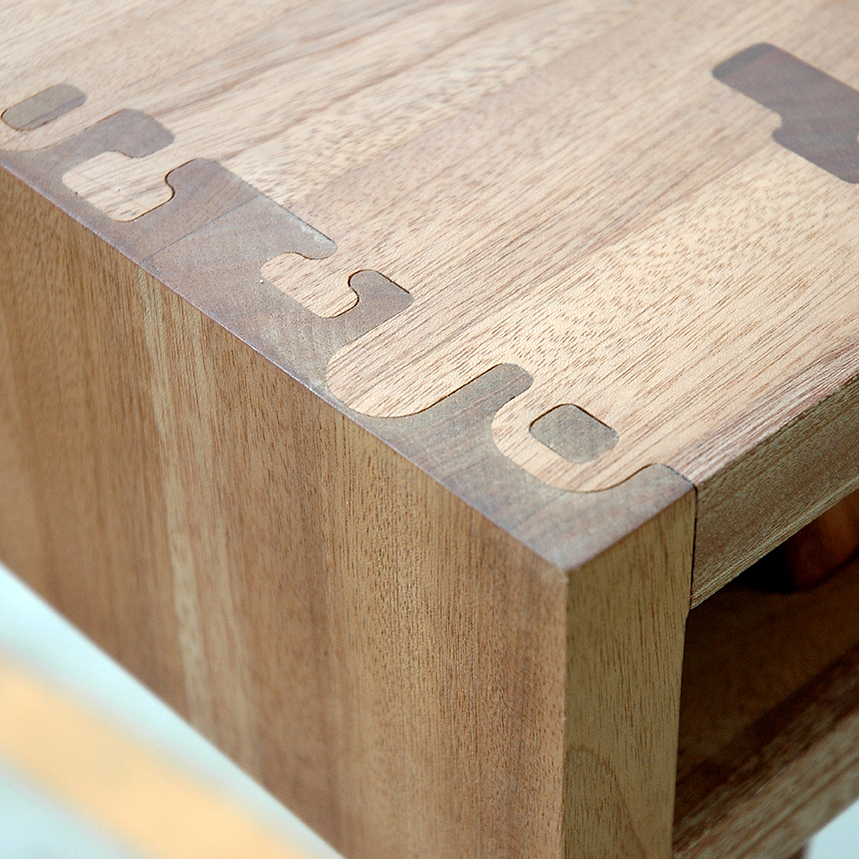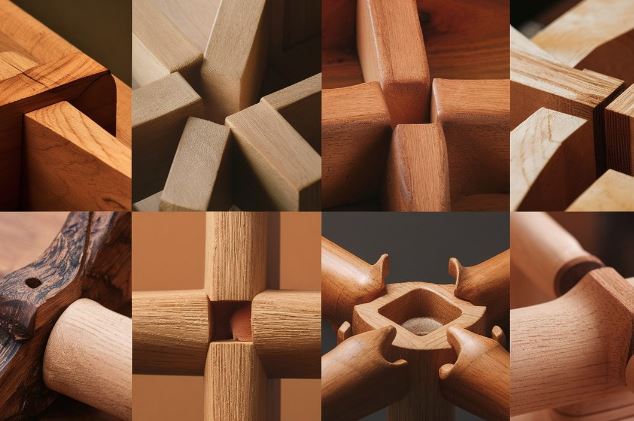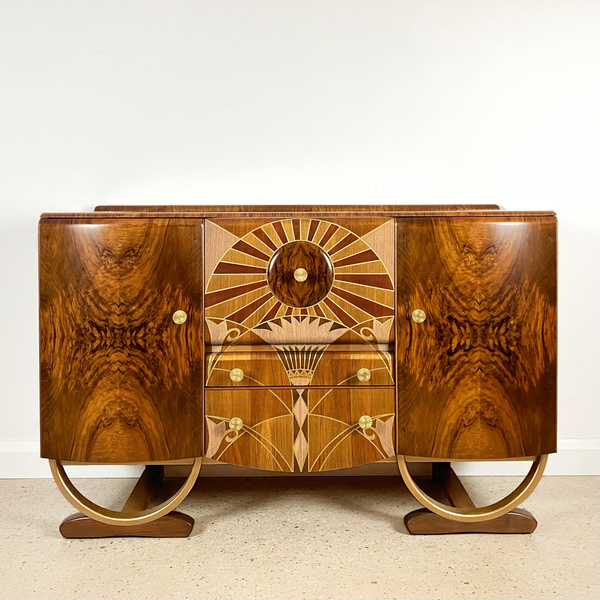Welcome to the ultimate guide on decorative woodwork techniques! As a passionate woodworker, I’ve spent countless hours perfecting my skills and experimenting with different methods. In this article, I will share not only techniques but also personal stories and tips to inspire you on your own woodworking journey.
What is Decorative Woodwork?
Decorative woodwork incorporates artistic elements into functional pieces, adding personality and style to any project. It’s essential in both traditional and modern woodworking, allowing artisans to create stunning works of art.
Types of Decorative Woodwork Techniques
The beauty of decorative woodwork lies in its diverse techniques. Here are some of the most popular methods:
1. Carving
Carving involves shaping wood by removing material to create patterns, figures, or designs. This technique offers a wide range of styles, from intricate floral motifs to simple geometric shapes.
Tools Needed for Carving
- Chisels
- Gouges
- Whittling knives
- V-tools
- Carving mallet
Pros and Cons of Carving
| Pros | Cons |
|---|---|
| Highly customizable | Time-consuming |
| Creates depth and texture | Requires practice to master |

2. Wood Inlay
Wood inlay adds decorative patterns or images by embedding pieces of different woods into a base material. This technique can be used to create stunning furniture pieces and art.
Tools Needed for Wood Inlay
- Inlay router bit
- Chisels
- Wood glue
- Clamps
- Sandpaper

Pros and Cons of Wood Inlay
| Pros | Cons |
|---|---|
| Beautiful and unique designs | Requires precision and skill |
| Enhances value of a project | Can be expensive, depending on materials |
3. Woodburning (Pyrography)
Woodburning, also known as pyrography, is the art of decorating wood by burning designs onto its surface. It offers a beautiful way to add intricate details to a project.

Tools Needed for Woodburning
- Woodburning pen
- Different nibs
- Graphite paper (for transferring designs)
- Sandpaper
- Wood sealing finish
Pros and Cons of Woodburning
| Pros | Cons |
|---|---|
| Low startup cost | Can be hazardous if not done properly |
| Offers a range of effects | Requires patience to perfect |

4. Marquetry
Marquetry is the art of creating images using pieces of colored wood and materials such as ivory or metal. It’s similar to inlay but typically involves creating an image or scene.
Tools Needed for Marquetry
- Fine saw (like a fretsaw)
- Wood glue
- Clamps
- Sandpaper
- Cutting mat

Pros and Cons of Marquetry
| Pros | Cons |
|---|---|
| Creates stunning visuals | Time-intensive process |
| High customization potential | Requires precision tools |
5. Turned Wood
Woodturning involves using a lathe to create symmetrical items like bowls, vase forms, or even intricate spindle designs. It adds a unique flair to decorative woodwork.

Tools Needed for Wood Turning
- Lathe
- Turning tools (gouges, skew chisels)
- Faceplate and chuck
- Sandpaper
- Finish (oil, lacquer)
Pros and Cons of Wood Turning
| Pros | Cons |
|---|---|
| Creates uniform shapes | Requires significant space and investment |
| Fast process for simple shapes | Can be dangerous without proper safety precautions |

Choosing the Right Decorative Woodwork Technique for Your Project
Choosing the right technique depends on various factors, including the desired outcome, available tools, and your skill level. Here’s a quick comparison to help you decide:
Comparison Table of Decorative Woodwork Techniques
| Technique | Difficulty Level | Time Investment | Customization | Cost |
|---|---|---|---|---|
| Carving | Moderate | High | High | Medium |
| Wood Inlay | High | High | Very High | High |
| Woodburning | Low | Medium | Medium | Low |
| Marquetry | High | Very High | Very High | Medium |
| Turned Wood | Moderate | Medium | Medium | High |
Essential Tools for Decorative Woodwork
Regardless of the technique you choose, certain essential tools will help improve your woodworking experience. Below is a list of must-have tools for decorative woodwork:
Basic Tools
- Table saw
- Chisels
- Sanders
- Drills
- Clamps
Specialized Tools for Each Technique
Each technique may require its specialized tools. Investing in high-quality tools can enhance your results and streamline your work. Remember, the right tools make all the difference!
Tips for Beginners in Decorative Woodworking
Taking the plunge into decorative woodwork can feel daunting, but with these tips, you’ll be on your way to creating stunning pieces:
Start Simple
Choose a basic project first. For instance, try woodburning on a simple piece of wood before diving into complex marquetry.
Practice Patience
Don’t rush your projects. Woodworking is an art that takes time to master. Celebrate small milestones along the way.
Learn from Mistakes
Every woodworker makes mistakes. Embrace them as learning opportunities, and don’t be afraid to try again!
Personal Experiences: My Journey with Decorative Woodwork
Throughout my woodworking journey, I have encountered both triumphs and tribulations. One memorable experience was my first attempt at woodworking inlay. I spent hours meticulously cutting each piece to fit, only to realize I had made a mistake in my measurements. Initially deflated, I learned a valuable lesson about patience and accuracy, skills that are essential for success in woodworking.
As I continued to practice and learn, I found joy in the process itself. The feeling of transforming a simple piece of wood into a unique work of art is unparalleled. Decorative woodwork has since become a way for me to express creativity and craftsmanship.
FAQs about Decorative Woodwork Techniques
What is the easiest decorative woodwork technique for beginners?
Woodburning is often recommended as one of the easiest techniques for beginners due to its relatively low cost and simpler tool requirements.
How do I choose the right wood for decorative projects?
Select a wood type based on your project goals. Hardwoods like oak or walnut are often favored for their durability and aesthetics, while softer woods like pine are easier to work with and carve.
Where can I find inspiration for my decorative woodwork projects?
Online platforms like Pinterest, woodworking forums, and dedicated woodworking magazines are fantastic places to gather inspiration and ideas for your projects.
Can I mix techniques in my woodworking projects?
Absolutely! Many woodworkers enjoy combining techniques such as carving and woodburning to create unique and captivating pieces.
Is decorative woodwork suitable for outdoor projects?
While many decorative woodwork techniques can be adapted for outdoor use, ensure you select suitable wood types and finishes to withstand the elements.